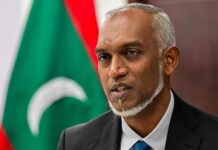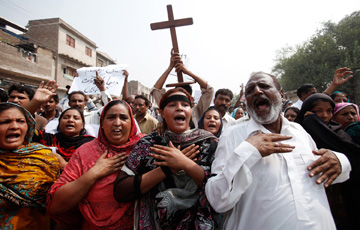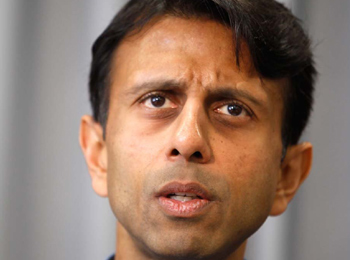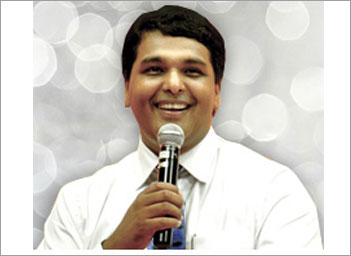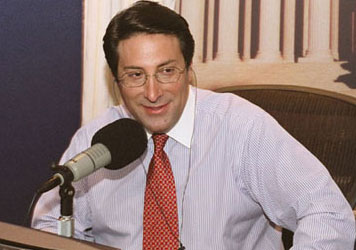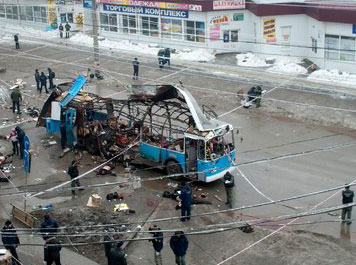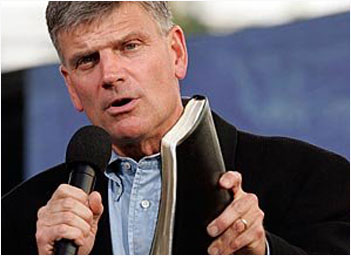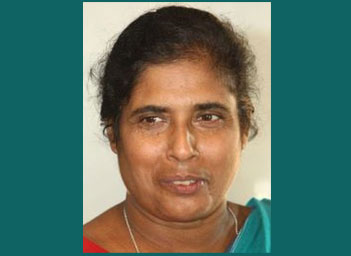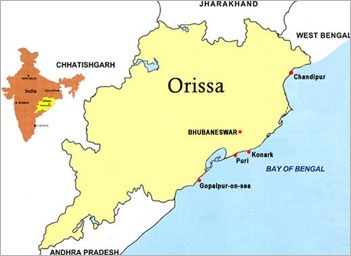 By Debabrata Mohanty in The Indian Express
By Debabrata Mohanty in The Indian Express
The Rashtriya Swayamsevak Sangh on Friday demanded that religious places belonging to Muslims and Christians should be brought under the State Endowment Commissioner’s purview to keep an eye on their sources of income. “For Hindus there is an Endowment Commissioner. But there is no such body or public authority for Muslims and Christians. As there is no regulating authority there is no impediment to the their spread. As increase in Christian and Muslim population would soon be a demographic challenge, there is a need to keep an eye on their financial sources,” said Prant Sanghchalak (eastern Odisha) of RSS Samir Kumar Mohanty, while briefing reporters about the resolutions passed by Akhila Bharatiya Karyakari Mandal, the highest executive body of RSS last week in Ranchi.
Apart from 16000 temples and over 450 mutts, the Odisha Hindu Religious Endowments (Amendment) Act 2012 extends to Jain or Buddhist institutions and endowments. Mohanty said, of late there is an attempt to spread hatred against some Hindu religious leaders in Odisha on the pretext that they are taking people for a ride. “For Hindu religious leaders there are restrictions. But there is no such bar for other religions,” he alleged.
Quoting Census figures of 2011, Mohanty said between 1961 and 2011, Hindu population of Odisha went down form 98% to 94%. While growth rate in Christians in Odisha jumped by 478 per cent(2.01 lakh to 11.61), it was 323 per cent (2.15 lakh to 9.11 lakh) for Muslims and 130 per cent in case of Hindus.
Dr Basant Pati, Bhubaneswar Mahanagar Sanghachalak said though Odisha’s social demographic has not changed like that of Assam due to infiltration, the imbalance in population growth rate appears to be a challenge for all. “In Kandhamal, the violence in 2008 had its roots in social tension triggered by conversion of Hindu tribals into Christianity. Even now we are reporting cases of illegal conversion to district authorities of Kandhamal, but without any success,” he said.
“Vast differences in growth rate of different religious groups, infiltration and conversion resulting in religious imbalance of population ratio, especially in border areas may emerge as threat to the unity integrity and cultural identity of the country.” The RSS leaders said between 2001 and 2011, three districts have seen huge growth in Christian population with Gajapati leading the way. In Gajapati, around 38 per cent of the total population are Christians. “This would lead to tension between Hindus and Christians in future as the sudden rise in affluence of the converts create a social imbalance,” said Pati.
Quoting the resolution of the Akhila Bharatiya Karyakai Mandal, the RSS leaders said the comprehensive population policy in 2000 aimed at achieving a stable but healthy population by the year 2045, by optimizing fertility rate of 2.1. But the national fertility and health survey of 2005-06 and 0-6 age group population percentage data of religion census 2011, indicate that the total fertility ratio and child ratio is uneven across the religions. The rate of growth of Muslim population has been very high than national average in the border district of border states of the country like Assam, West Bengal and Bihar, clearly indicating the unabated infiltration from Bangladesh, the resolution said.
The religious imbalance of population in the north eastern state has assumed serious proportion. In Arunachal Pradesh the population of Hindus in 1951 came down to 67 per cent in 2011 from 99.21%. Similarly in the population of Manipur the Hindus who were more than 80% in 1951 were 50% in 2011, it said.





